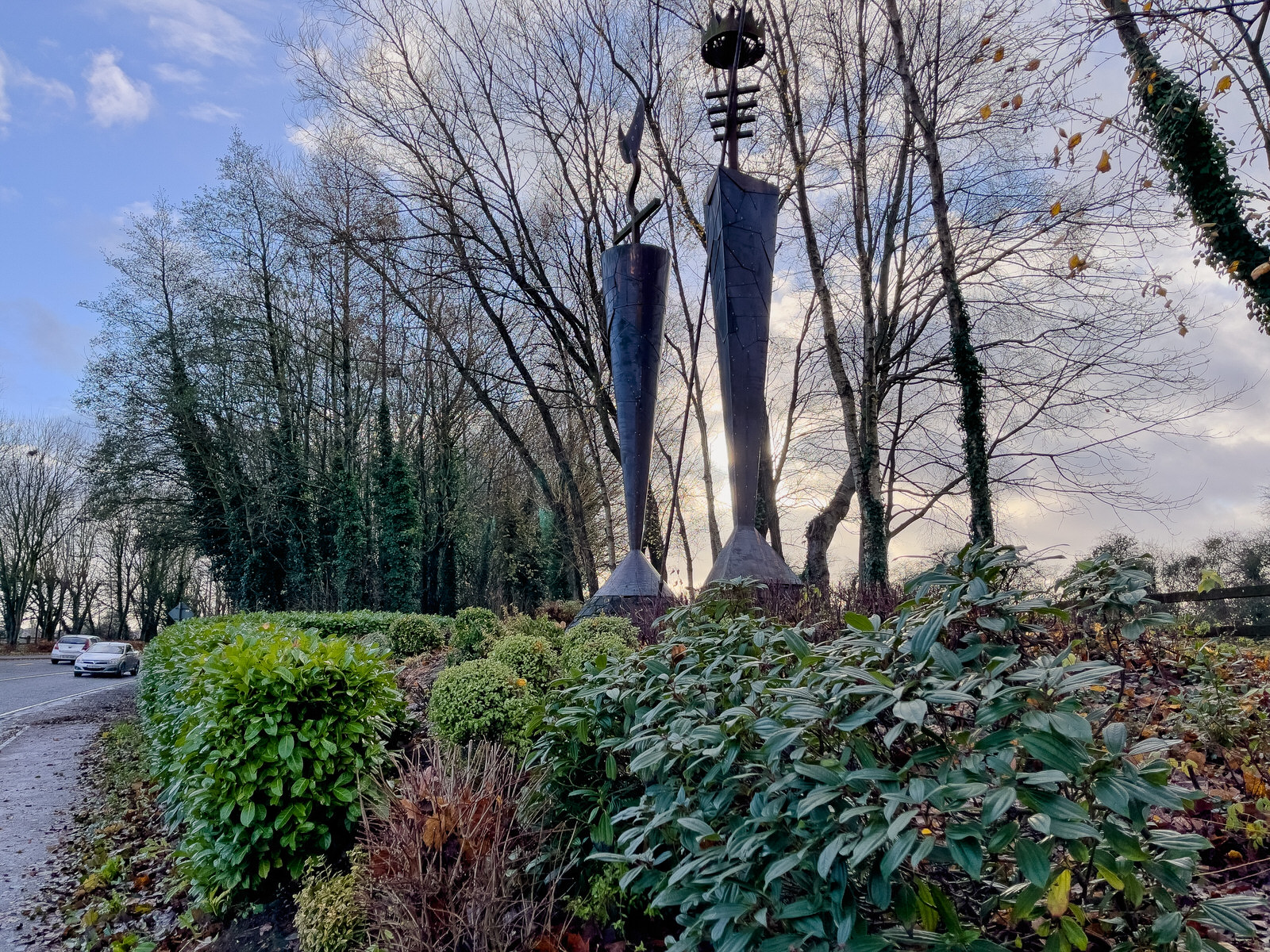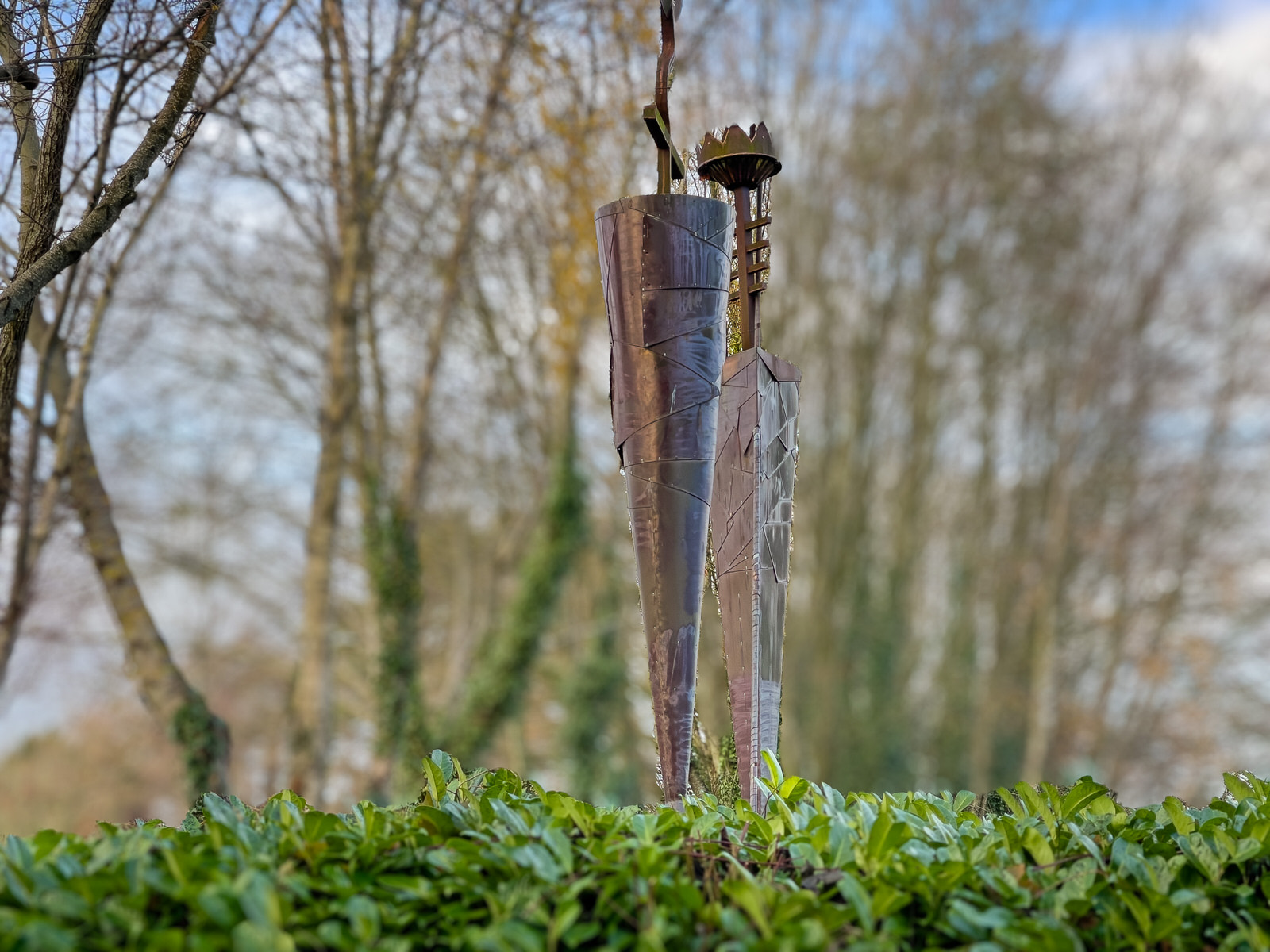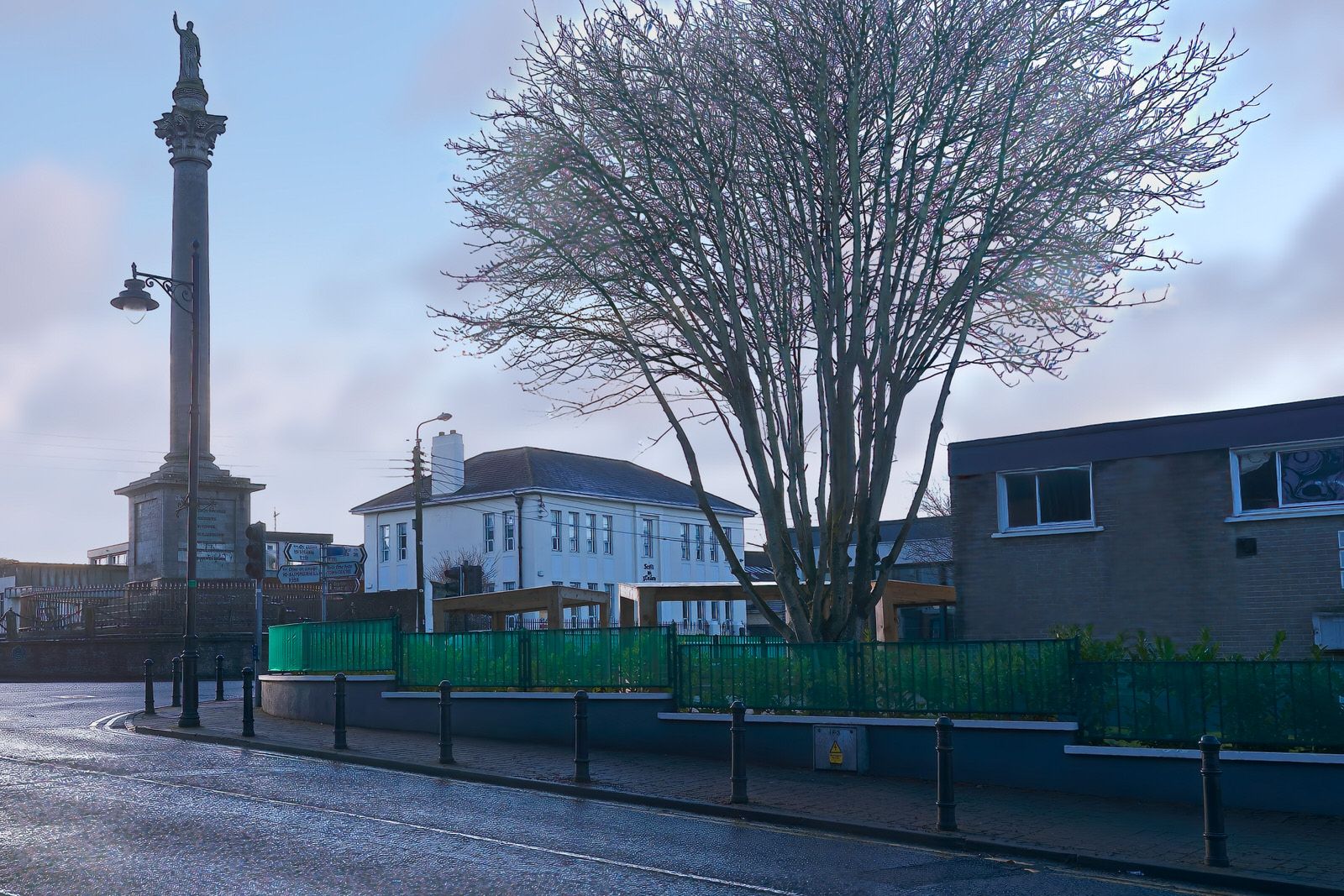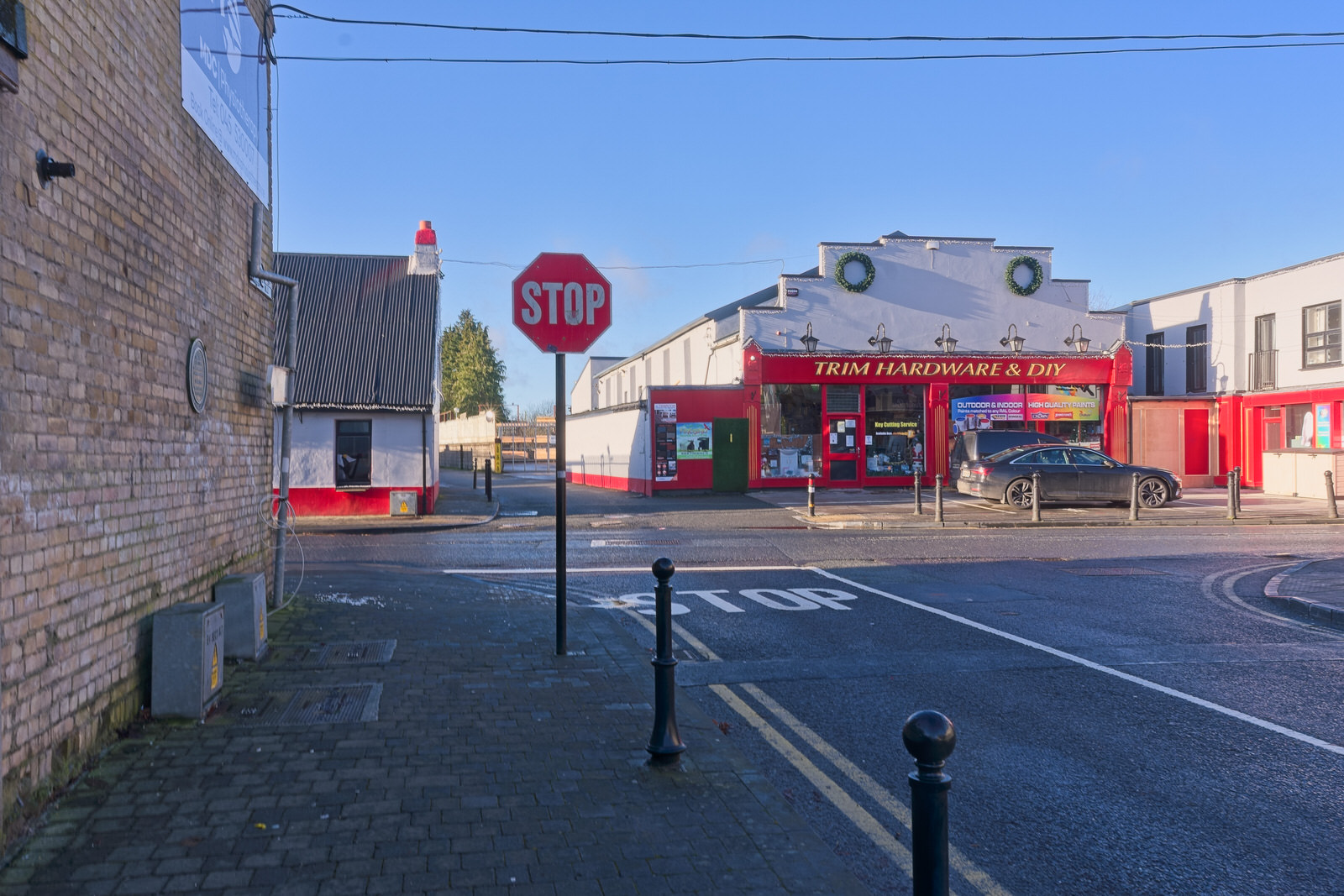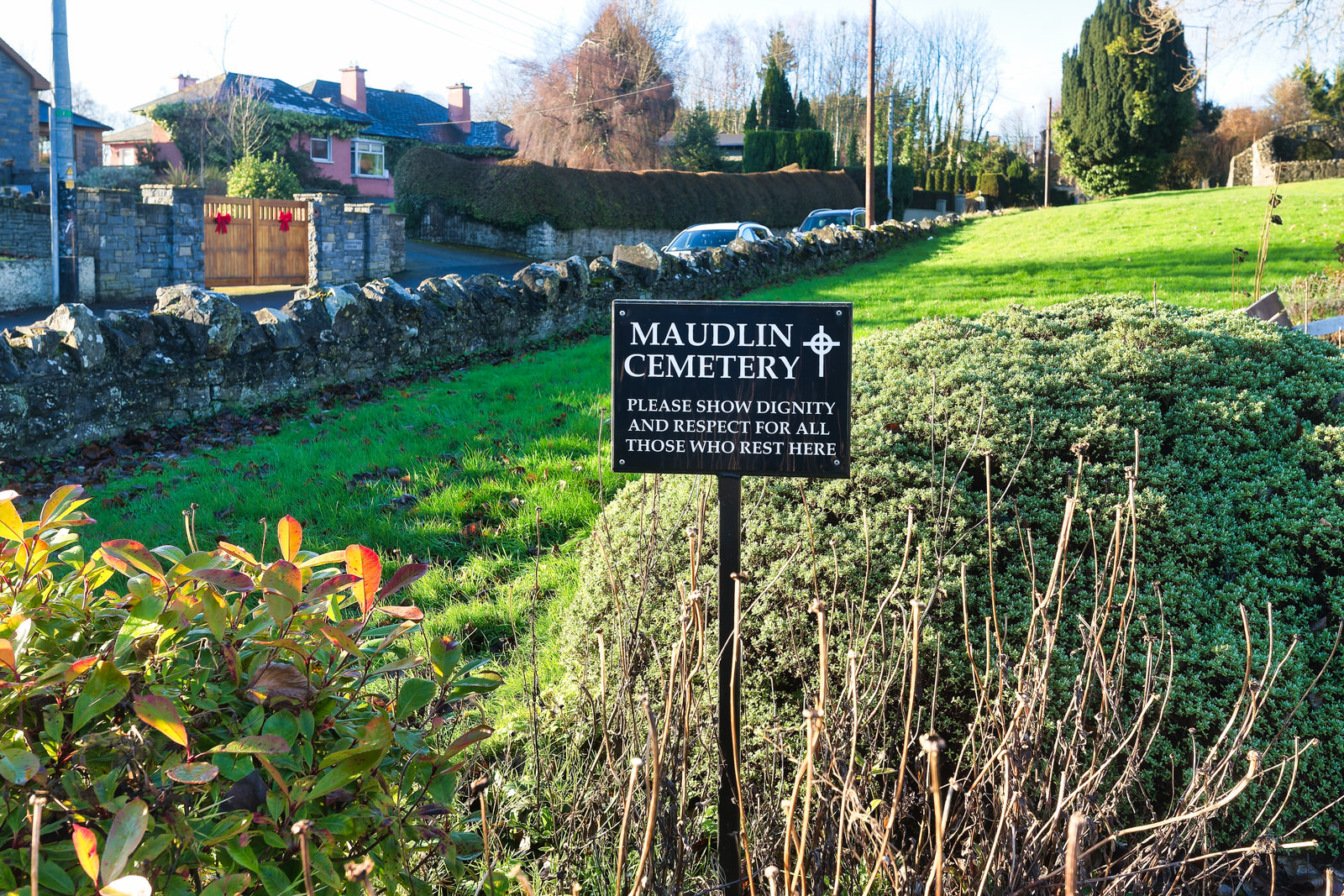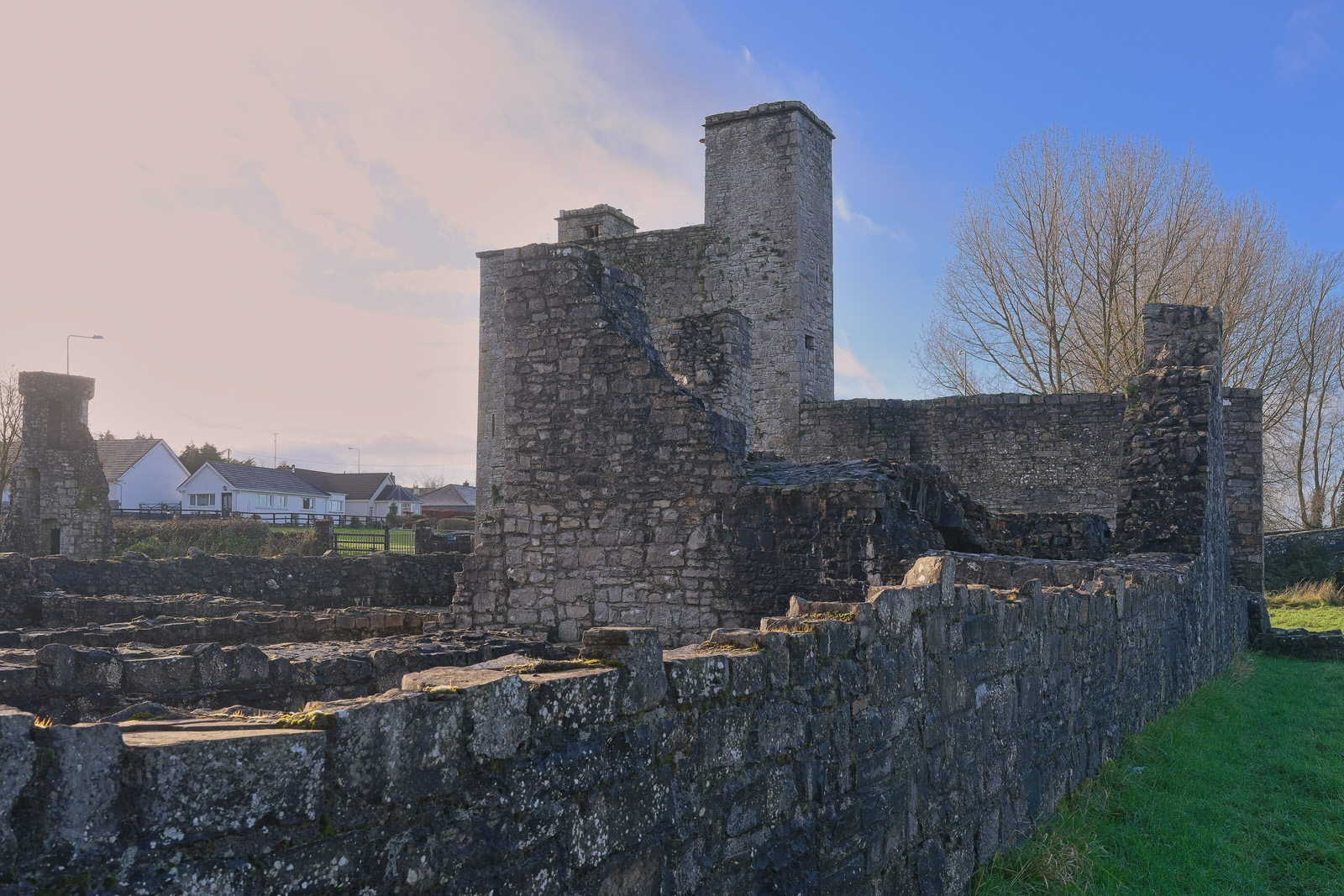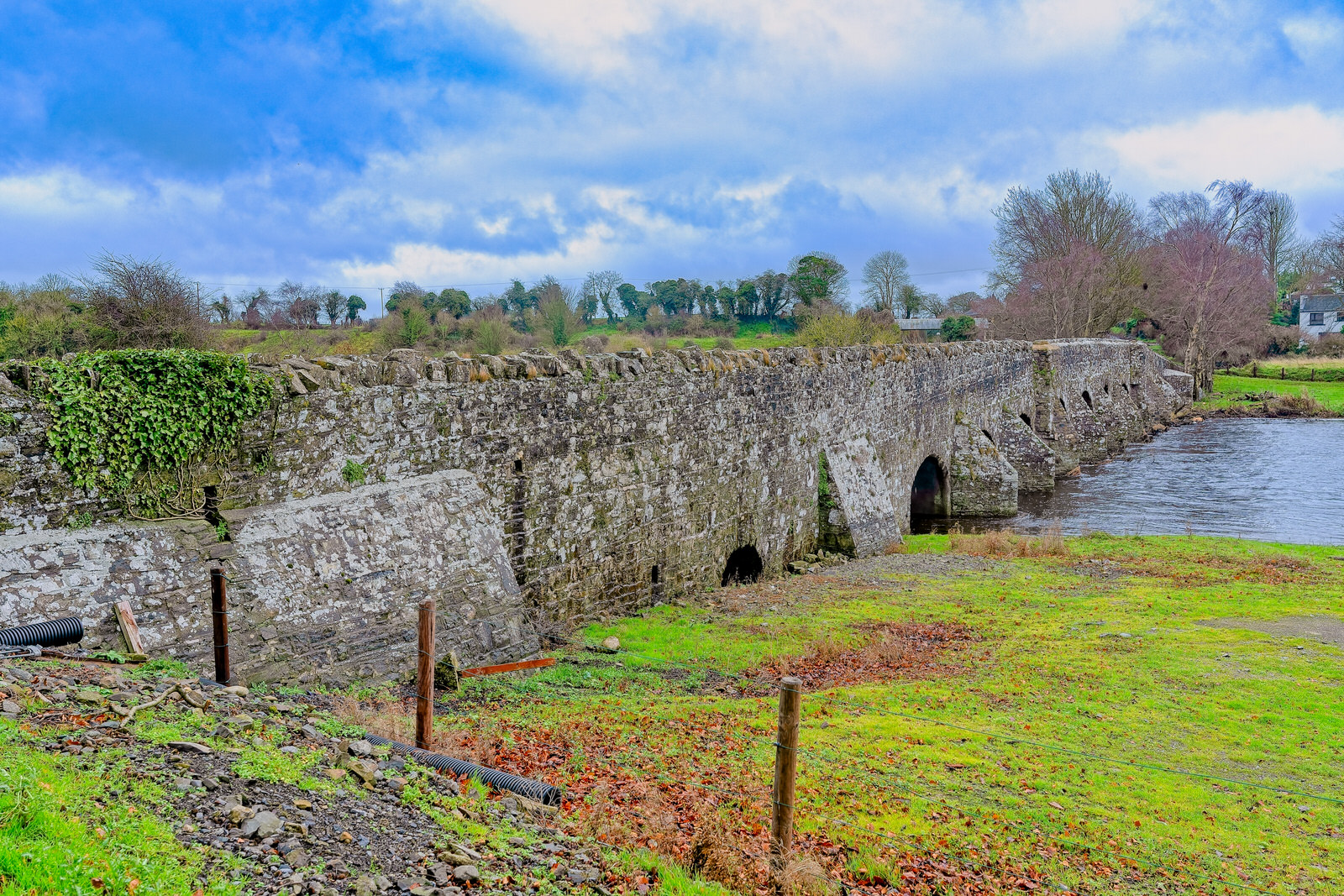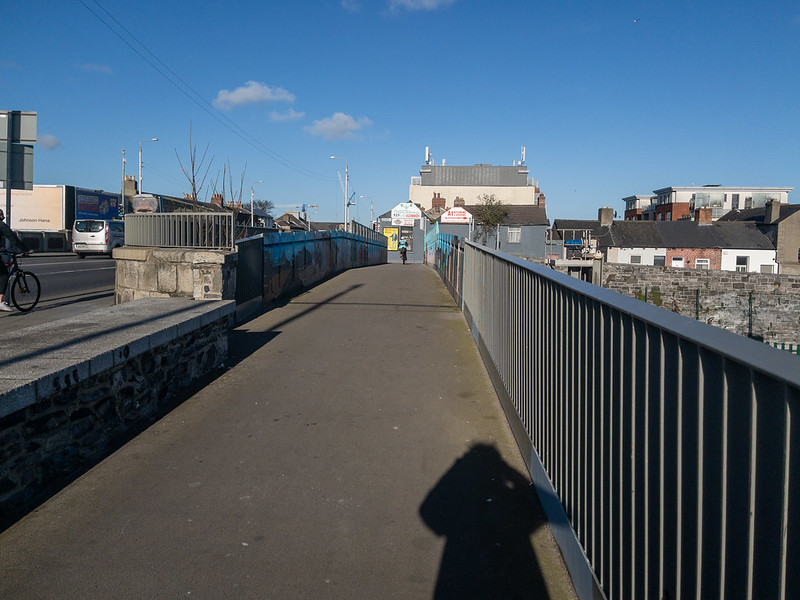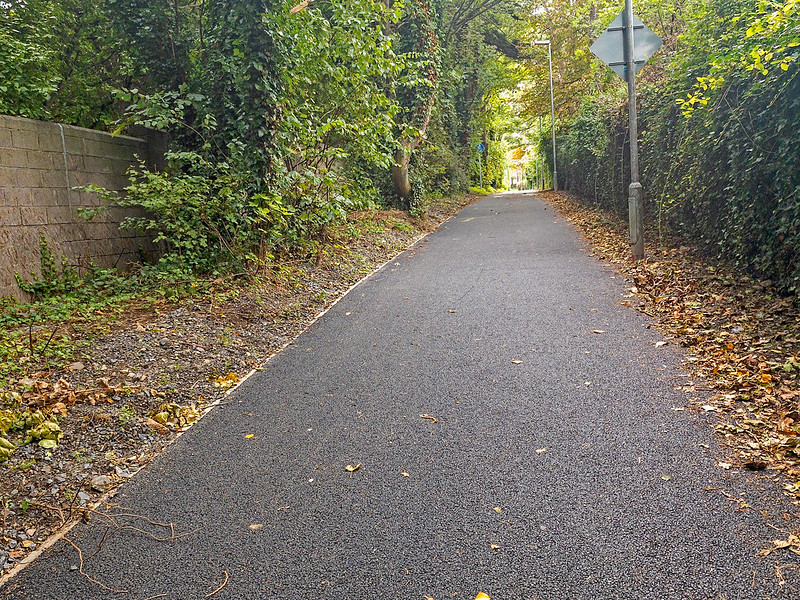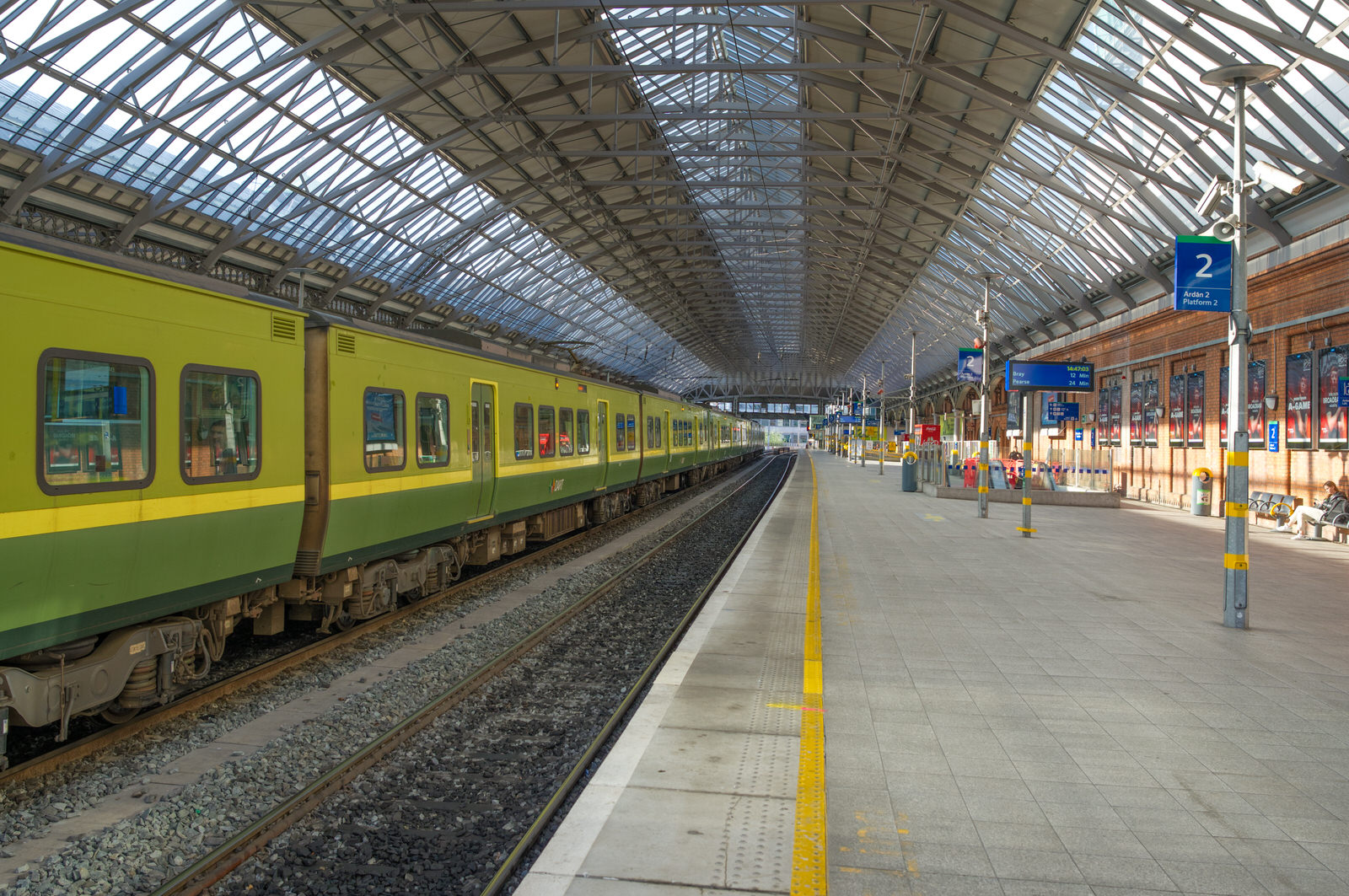For about twenty years I spent every second year in Trim (Ireland) and every other year in Brussels (Belgium) ... this year 2023 I will be on my own in Dublin. Last December I had a new camera, Sony FX30, with me when I visited Trim and was not aware that Lightroom and Capture One could not process RAW files produced by the FX30 and I was unable to do anything with most of the photographs from the 25 and 26th of December. However I did also, as a backup, use an Apple 12 Pro.
Trim (Irish: Baile Átha Troim, meaning 'town at the ford of elderflowers') is a town in County Meath, Ireland. It is situated on the River Boyne and, as of the 2022 census, had a population of 9,563. The town is noted for Trim Castle – the largest Norman castle in Ireland. One of the two cathedrals of the United Dioceses of Meath and Kildare – St Patrick's cathedral – is located north of the river. Trim won the Irish Tidy Towns Competition in 1972, 1984, 2014 and 2022, and was the joint winner with Ballyconnell in 1974. Trim was historically the county town of Meath, but this title was passed on in 1898 to the larger, neighbouring town of Navan.
In 1649 after the sacking of Drogheda, the garrison of Trim fled to join other Irish forces and the town was occupied by the army of Oliver Cromwell. There were many local disturbances in neighbouring villages in the Irish Rebellion of 1798, most infamously the battle on the Hill of Tara, following the dispersal of the Wexford rebellion. Trim was represented by Arthur Wellesley in the Irish Parliament from 1790 to 1797.
The 19th century saw the construction of Trim Courthouse, St. Loman's Catholic church, St. Patrick's Anglican church, the Wellington column, the current Bank of Ireland building, and Castle Street by Lord Dunsany, a major landowner. Following the Great Irish Famine of 1846–1849, the practices of agriculture in the hinterland altered, with a change in emphasis from tillage to stock raising. This resulted in a change in the business life of Trim. Trim developed as a market town for the productive agricultural hinterland. Some small-scale local industries were developed including envelope, and leather product manufacturing. Trim was also chosen as a location for the Timoney Engineering company to make Fire Tenders. However, in the main, the town continued to mainly be a service centre for its immediate area.
Commercial Disclosure
You will find links to buy products from Amazon, Google and other partners. If you click on these links, you’ll find that the URL includes a small extra piece of text which identifies that the click came from my websites. This text is an affiliate code, and it means that I get a small percentage of the money you spend if you choose to buy that product, or, in some cases, other products from the site soon after. These affiliate links help pay the costs of producing my websites and ensure that the content is free to you.
